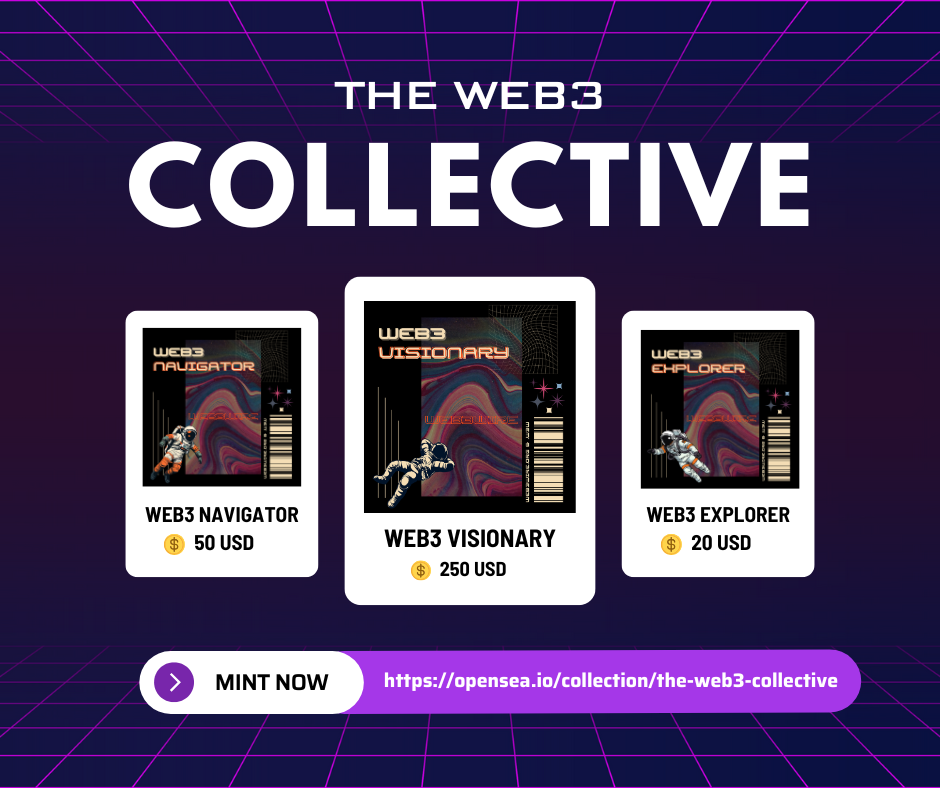
Unifying Blockchain Ecosystems: 2024 Guide to Cross-Chain Interoperability
The blockchain landscape continues to evolve rapidly, pushing the boundaries of innovation and paving the way for a decentralized future. One of the most promising areas of development is cross-chain interoperability, a key enabler for seamless interaction between different blockchains. Our 2024 guide delves into this critical aspect, offering insights into technologies, protocols, and the future of multi-chain connectivity.
Understanding Cross-Chain Interoperability
Cross-chain interoperability refers to the ability of distinct blockchain networks to communicate and interact with each other. This capability is crucial for achieving a more connected and efficient blockchain ecosystem, enabling the seamless transfer of data and assets without the traditional walls that separate individual blockchains.
Why Cross-Chain Interoperability Matters
The significance of cross-chain interoperability cannot be overstated. Here are some key reasons why it matters:
- Enhanced Liquidity: It boosts liquidity by allowing assets to move freely across various blockchains.
- Reduced Fragmentation: It minimizes the fragmentation of blockchain networks, leading to more cohesive operations.
- Improved Scalability: It facilitates scalable solutions by distributing workloads across multiple chains.
- Increased Security: It enhances security by enabling better resource sharing and collaborative security protocols.
Technologies Driving Cross-Chain Interoperability
Various technologies play a pivotal role in driving cross-chain interoperability. Below, we highlight some of the most impactful ones:
Bridge Protocols
Bridge protocols enable communication between different blockchain networks. These bridges facilitate token transfers and information exchange, effectively connecting previously isolated ecosystems.
Atomic Swaps
Atomic swaps allow the direct exchange of one cryptocurrency for another, eliminating the need for intermediaries. This technology streamlines the process of trading assets across multiple blockchains while maintaining a trustless environment.
Interoperability Standards
Interoperability standards like the Interledger Protocol (ILP) and the Blockchain Interoperability Alliance are working towards creating universal frameworks for seamless blockchain interactions. These standards set the guidelines for communication and data transfer between different networks.
Leading Projects in 2024
Several innovative projects are spearheading efforts towards achieving cross-chain interoperability. Here are some noteworthy mentions:
Polkadot
Polkadot is a groundbreaking multichain network designed to enable interoperability between various blockchains. Its unique architecture facilitates cross-chain transfers of any type of data or asset, making it a leader in the space.
Cosmos
Cosmos aims to create an ‘Internet of Blockchains’ through its Inter-Blockchain Communication (IBC) protocol. This protocol allows diverse blockchains within the Cosmos ecosystem to interact and share information smoothly.
Wanchain
Wanchain focuses on connecting different blockchain networks via decentralized financial infrastructure. Its cross-chain solution ensures secure and private data and asset transfers across multiple blockchains.
Challenges and Future Outlook
Despite the progress, cross-chain interoperability faces certain challenges:
- Security Concerns: Ensuring the security of cross-chain transactions is a significant challenge.
- Standardization Efforts: A lack of universal standards can hinder seamless interoperability.
- Scalability Issues: Managing the scalability of interoperable networks remains complex.
Future Prospects
The future of cross-chain interoperability looks promising, with continuous advancements paving the way for a unified blockchain ecosystem. Here’s what to expect:
- Stronger Ecosystem Integration: Enhanced collaboration between various blockchains will drive better ecosystem integration.
- Improved Security Measures: Robust security protocols will be developed to protect cross-chain transactions.
- Better User Experience: As interoperability matures, users will experience smoother and more intuitive interactions with blockchain technologies.
Conclusion
Cross-chain interoperability is a cornerstone of the future blockchain landscape. As we move into 2024, understanding and leveraging interoperability technologies will be vital for creating a cohesive and efficient blockchain ecosystem. By addressing the current challenges and harnessing the potential of emerging solutions, the blockchain community can look forward to a more connected and robust decentralized world.







